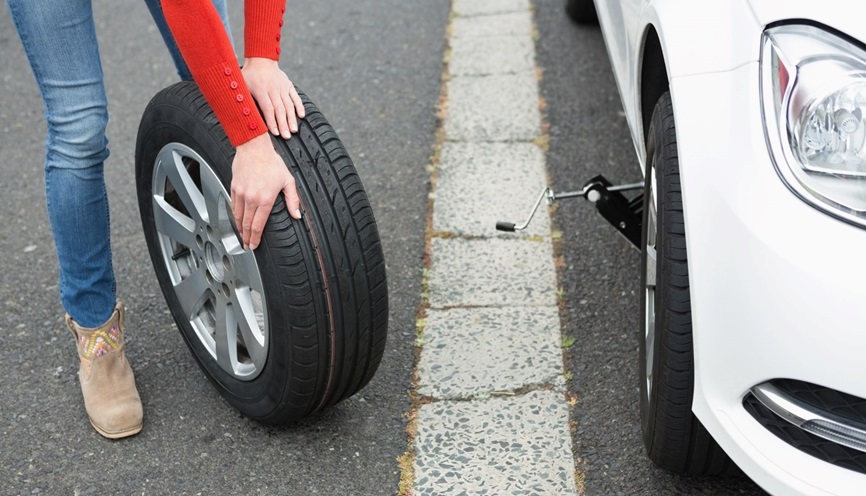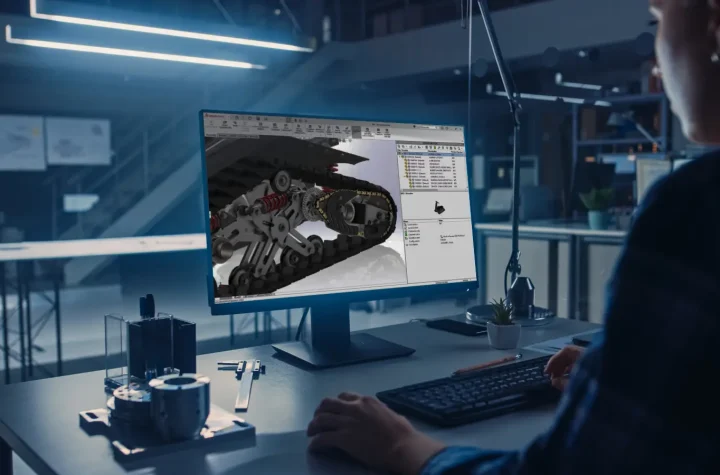
Importance Of Replacing TPMS While Replacing Tires
TPMS stands for tire pressuring monitoring system. That is why it is important to replace TPMS before replacing tires. It is a built-in sensor that monitors tire air pressure and alerts the vehicle’s driver if there are any problems. It is a really valuable tool that your car has, and it can save you from a full tire failure. It can also be known as a TPMS repair kit.
Types Of TPMS
- Direct TPMS
A direct TPMS sensor provides real-time tire pressure data. This is the more precise version, which continuously monitors the tires using the sensors that control them. The sensor sends a radio signal to the vehicle’s Electronic Control Unit. Hence, allowing the driver to monitor the air pressure rate of the tires at all times.
- Indirect TPMS
There are no sensors in an indirect TPMS sensor. They use the Anti-Lock Braking ring to alert the driver when the air pressure in the tire suddenly changes. Because they do not provide continuous monitoring, they produce a less precise reading than direct models. When there is a significant shift in air pressure, indirect models turn on a light on the dashboard.
Working OF TPMS
Now the question is, how does TPMS work? When changing a tire for a vehicle with TPMS, the procedure is the same whether the system is direct or indirect. However, it is advised that a direct TPMS valve have the seal kit replaced on the sensor valve stem. It will perform a diagnostic check on the sensors to confirm that they are transmitting correctly. Also, your car batteries will be checked to know whether they are in good condition or not.
Vehicles older than this are often equipped with normal rubber valves. Because when we replace the tires on these vehicles, it includes a new valve in the price. It’s a little different with TPMS systems in newer automobiles, though.
Best Time to Replace TPMS
External factors can impede the performance of TPMS systems or sensors. Thus, they need to be checked and replaced regularly. Corrosion, damage, and drained battery life are the most typical problems.
Corrosion may become an issue if the vehicle does not include a snap-in, rubber valve stem TPMS sensor. The most common reason is winter road salt, which can hasten the corrosion of the TPMS sensor and the car.
However, if you see that the TPMS sensor’s battery life is near its end, you should replace it when you get new tires mounted. It saves your money on labor. Also, you don’t have to do it every time.





More Stories
Nomad Internet Debuts ‘Unlimited Lite’ Plan to Deliver Affordable, Always-On Internet for Everyday Users
Managed Cloud Services: Leveraging the Power of Cloud Computing for Business Success
How Philippines Data Privacy Act and European Union’s General Data Protection Regularization Help Protect Company Data